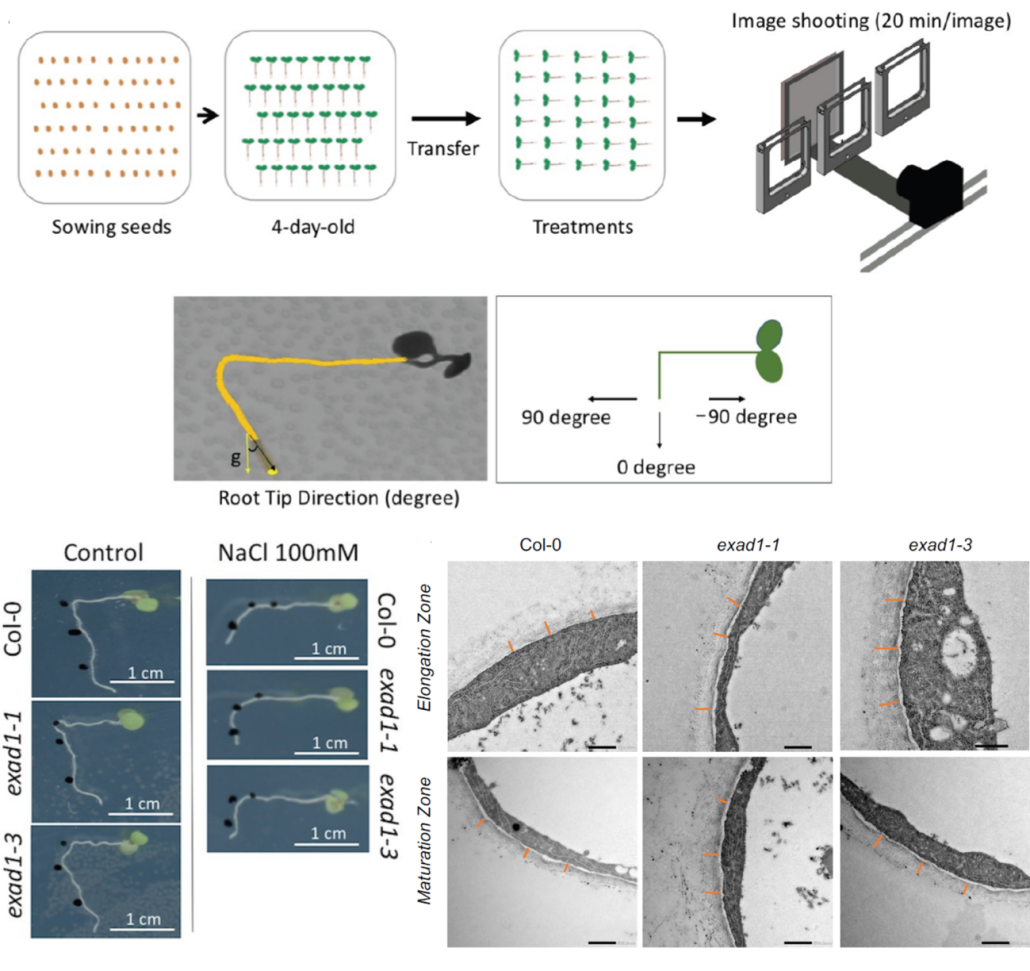
Gravitropism with a pinch of salt: Changes in cell wall composition modulate root growth direction in saline conditions
Plant Science Research WeeklySoil salinization causes massive yield losses in agriculture, and its impact on plants goes beyond what our eyes can see. Roots are immediately affected by the direct exposure to a salt-(NaCl) rich substrate. Here, Zou et al. investigate the salt-induced altered root gravitropic responses in Arabidopsis…
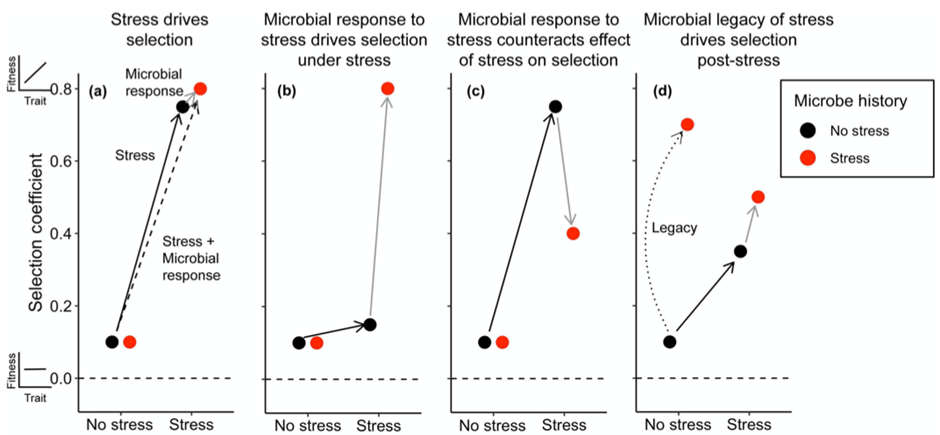
Hidden influence: How microbial stress responses shape plant natural selection
Plant Science Research WeeklySoil microbial communities respond rapidly to stress, potentially leading to altered compositions in stressful environments and consequently impacting plant natural selection. Bolin and Lau investigated the influence of microbial responses to stress and persistent microbial legacy effects on plant selection.…
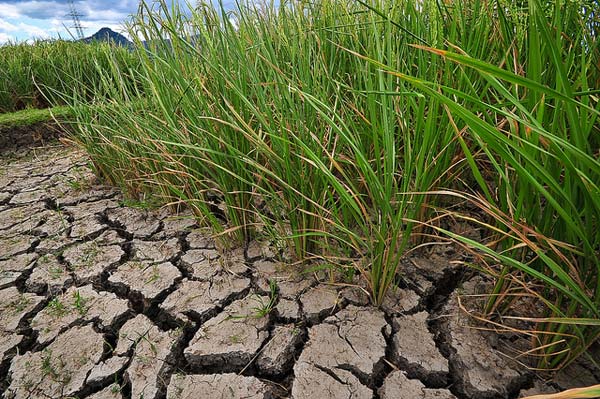
Genomic regions of durum wheat involved in water productivity
Plant Science Research WeeklyDrought stress is a major problem and can cause large reductions in yield. Water productivity is the amount of yield per unit of water used, hence a higher water productivity is associated with more drought tolerance. Here, Zaïm et al. discovered three genomic loci associated with increased water productivity…

Oryza glumaepatula: A wild relative to improve drought tolerance in cultivated rice
Plant Science Research WeeklyWhen we speak about rice, we’re often referring to one of two domesticated species, Oryza japonica or Oryza indica. However, there are an additional 25 species in the genus Oryza. These so-called wild relatives harbor substantial genetic diversity that holds promise for crop improvement. Here, Prakash…
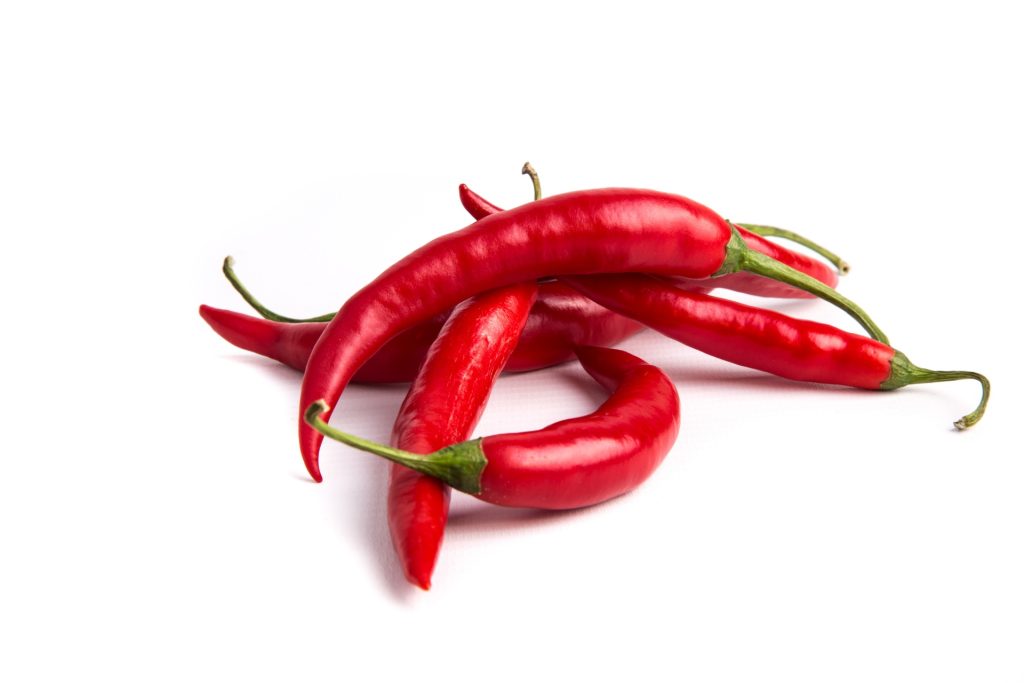
Spotlight: Salt and Peppers
Plant Science Research WeeklyIn my cruise around the internet looking for fascinating plant science, I found this tasty morsel. It’s a Spotlight feature of new paper on the effects of salt stress on plants of the genus Capsicum. I don’t want to detract from author Robert Calderon’s fine writing, so head over to Physiologia…
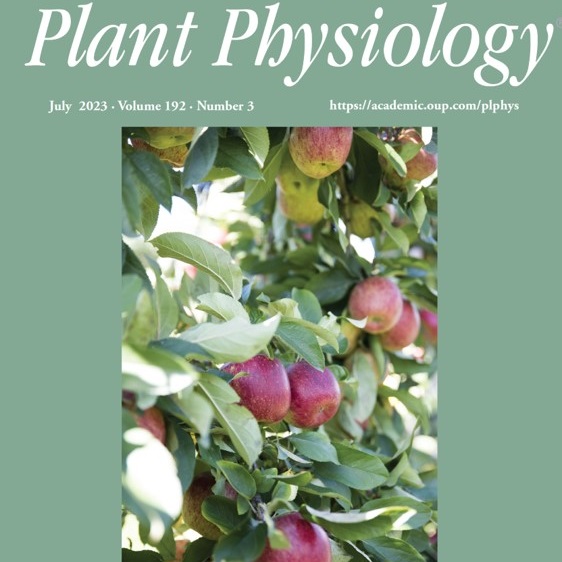
Plant Physiology Focus Issue: Fruit Crops
Plant Science Research WeeklyJuly brings delicious fruit harvests in the Northern Hemisphere, and a very special focus issue of Plant Physiology. I particularly like this issue because of the wide variety of species covered, starting with apple, banana, blueberry, cherry, citrus, and so on. It’s a nice departure from our usual…
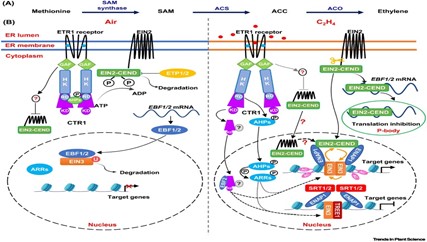
Review: The role of ethylene in plant temperature stress response
Plant Science Research WeeklyThe phytohormone ethylene is known for its importance in plant development and mostly for its role in fruit ripening. However, in this review Huang et al. summarize recent findings on ethylene’s role in temperature (hot and cold) stress response and ethylene crosstalk with other hormones. Interestingly,…
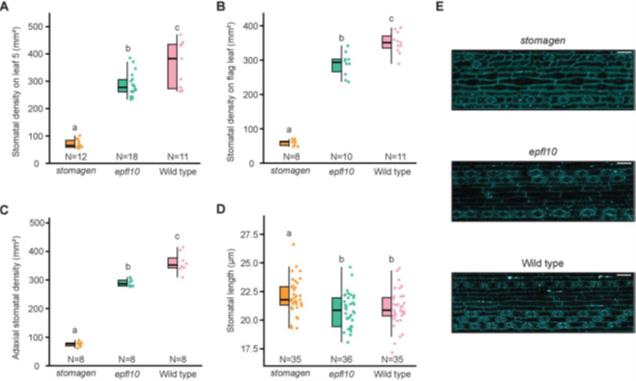
Reduction of stomatal density by STOMAGEN paralog editing
Plant Science Research WeeklyClimate change is having negative effects on yield of economically important crops such as rice. Therefore, there is a pressing need for climate-change adapted crops. Previous research has highlighted that a decrease in stomatal density can enhance drought tolerance. EPIDERMAL PATTERNING FACTOR-LIKE9…

Improving harvest index under drought stress in rice
Plant Science Research WeeklyHarvest index (HI) is the ratio of grain yield to the sum of grain, leaf, and stem biomass. HI is affected by environmental conditions such as water availability. Previously, carbohydrate remobilization from stem to grain has been shown to be affected by drought (which in rice contributes to C remobilization)…

